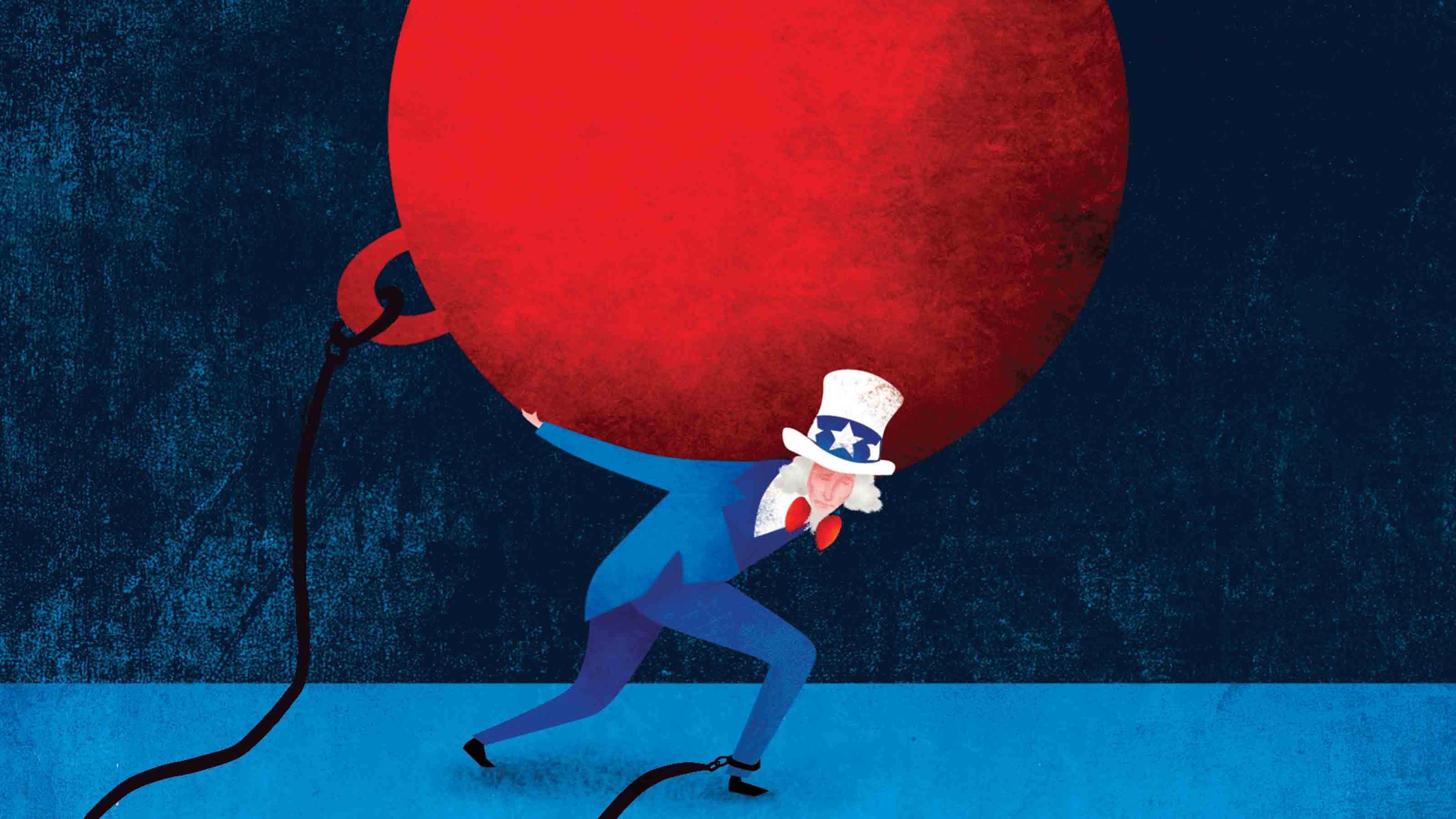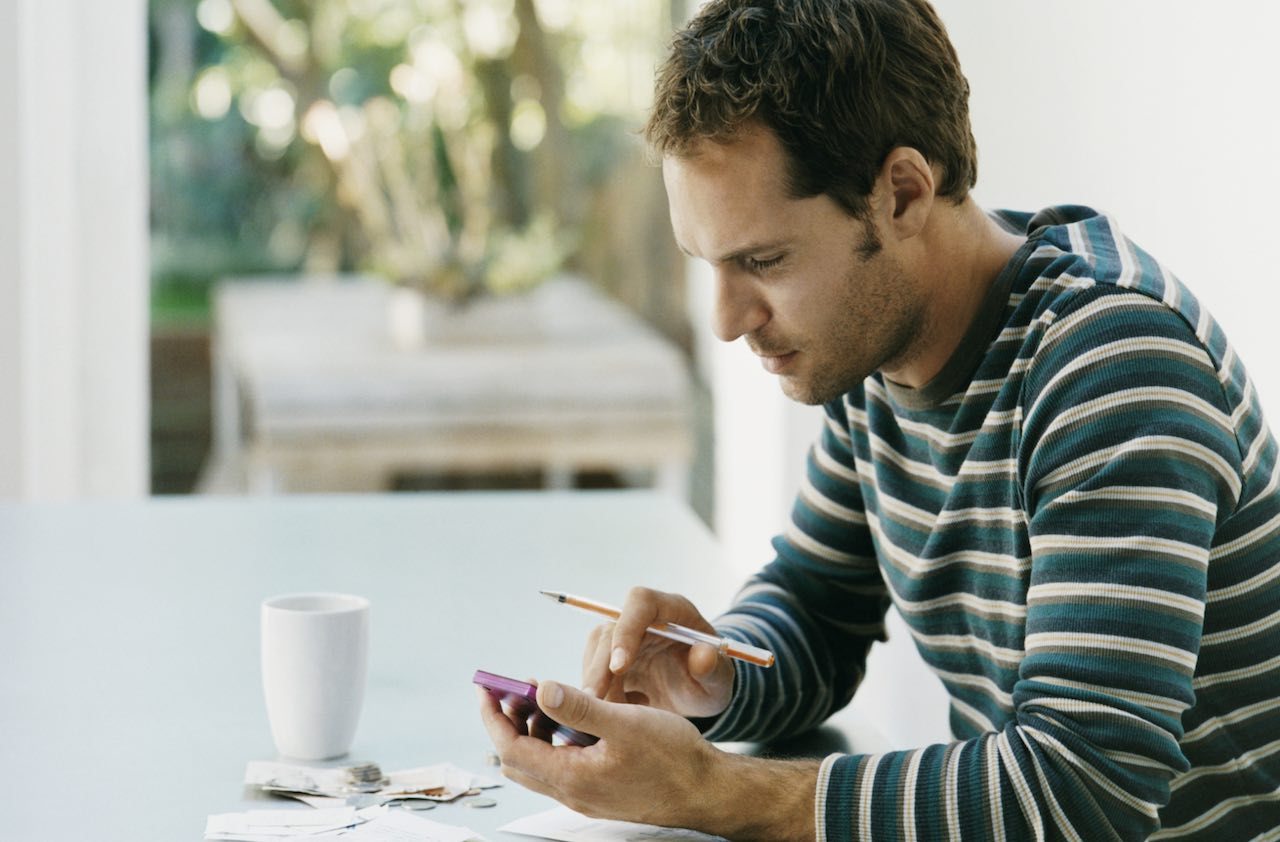Stocks: Why Investors Can Still Expect 8% Long Term
You shun stocks at your peril. Attractive returns are in the cards.

Soured on stocks? It’s understandable that many investors have, after watching their assets founder for so long. If you invested $100 in the Standard & Poor’s 500 in April of 2000, you have only about $97 today. That figure, which includes reinvested dividends, amounts to an annualized return of -0.3%. Ouch! Since 1926, annual returns have averaged nearly 10%.
Many investors now question whether expecting those kinds of gains is realistic anymore. But avoiding equities would be a mistake. Stocks still present an attractive investment, despite the past decade’s historically dismal showing, and even after the past year’s spectacular 70% gain. You might think that the time to buy has passed. After all, it stings to pay $100 for something that traded at $59 just 12 months ago. But investing based on the recent past is like driving a car while focused on the rearview mirror: stupid and dangerous.
Looking ahead, annual returns of 7% or so is likely in the coming decades ... and perhaps 8% to 9% over the next 10 years or so.

Sign up for Kiplinger’s Free E-Newsletters
Profit and prosper with the best of expert advice on investing, taxes, retirement, personal finance and more - straight to your e-mail.
Profit and prosper with the best of expert advice - straight to your e-mail.
To understand why, start by considering what kind of profit growth can realistically be expected, since common equity is ultimately a claim on a company’s earnings. For any given company, answering the question is daunting. Aside from revenue prospects, financial condition, the competitive landscape, the cost outlook and management competence must all be considered. But for the market as a whole, the calculus is simpler: Profits grow about as fast as the economy overall.
Since 1947, corporate profits have averaged 9.4% of gross domestic product, narrowly ranging between a high of 12.1% (1950) and a low of 6.3% (1982). Moreover, the growth rates for profits and GDP hang tight. Over that time span, GDP has grown 8% a year on average, while profits increased 7.9%. During the past decade, corporate profits and GDP each increased at exactly a 4.3% annual rate.
This past decade, of course, wasn’t an especially good 10-year span. It started at the pinnacle of the 1990s expansion and ended in the depths of the Great Recession. Going forward, an average of 5% annual economic growth is more likely -- with inflation of 2.25% and real growth of about 2.75%.
Next we need to factor in dividends. Over the past 50 years, the dividend yield for the S&P 500 averaged 3.1%, ranging from a high of 5.7% (1982) to a low of 1.1% (2000). Let’s conservatively assume a 2% dividend yield. With a trend of 5% earnings growth, that boosts the expected total return on stocks to 7% over the long run.
But as an economist once famously quipped, “In the long run, we’re all dead.” Time horizons measured in decades may make sense for the youngest among us, but mature investors aren’t quite so patient. So let’s assume a 10-year investment horizon -- long enough to abstract from unforeseeable events, but short enough to be relevant for musing about retirement. In this case, valuation must be considered as well as earnings and dividends. Naturally, an overvalued market will tend to underperform the long-term trend and an undervalued market will tend to outperform it. So: Is today’s market overvalued or undervalued?
The standard tool for judging valuation is the price-to-earnings multiple, essentially a measurement of what investors are willing to pay for each dollar of corporate earnings. And since investors shouldn’t be looking in the rearview mirror, it’s expected future earnings that matter most. With the S&P 500 index now hovering around 1200, and analysts predicting $78 in operating earnings over the next year, that translates into a price-to-earnings multiple of roughly 15. That’s strikes me as cheap, especially since the average multiple since 1988 is 19. Even excluding the frothy years of 1998 though 2000, the average multiple is 18. A gradual expansion of the P/E ratio to 18 over the next decade means the total return to stocks will be even higher than the 7% long-term average. So,at least for the coming decade, an average annual total return 8% to 9% is a fair bet.
Get Kiplinger Today newsletter — free
Profit and prosper with the best of Kiplinger's advice on investing, taxes, retirement, personal finance and much more. Delivered daily. Enter your email in the box and click Sign Me Up.

-
 Stock Market Today: Trump Retreats, Markets Rejoice
Stock Market Today: Trump Retreats, Markets RejoiceStocks rally, yields soften, the dollar rises, and even beaten-down names enjoy the wages of potential trade peace.
By David Dittman
-
 In Trump’s Economy Should 401(k) Savers 'Set It and Forget It?'
In Trump’s Economy Should 401(k) Savers 'Set It and Forget It?'It’s hard to bury your head in the sand when the markets are volatile. Here’s when it makes sense and when it doesn’t.
By Donna Fuscaldo
-
 Federal Debt: A Heavy Load
Federal Debt: A Heavy LoadEconomic Forecasts The debt continues to grow, but record-low interest rates could ease the long-term damage.
By David Payne
-
 Is a Recession Imminent?
Is a Recession Imminent?Economic Forecasts Shoppers will have to carry the load for now because weak business investment shows no sign of perking up anytime soon. Odds are, they’ll be able to.
By David Payne
-
 3 Factors That Could Drive the Next Recession
3 Factors That Could Drive the Next RecessionEconomic Forecasts The economy is humming along nicely, but how long can the good times continue?
By David Payne
-
 Savers Feel the Pain of Low Interest Rates
Savers Feel the Pain of Low Interest RatesMaking Your Money Last The Fed's low-rate policy has cost U.S. savers $470 billion.
By Janet Bodnar
-
 Is the Stock Market Signaling a Recession Ahead?
Is the Stock Market Signaling a Recession Ahead?Economic Forecasts Sinking stocks don't necessarily presage an economic downturn.
By Anne Kates Smith
-
 U.S. Manufacturers on a Roll
U.S. Manufacturers on a RollEconomic Forecasts Cheap energy and an improving economy will keep manufacturing growing at a better-than-average rate.
By David Payne
-
Next Rise in Interest Rates Will Come in 2015
business Even when rates finally do head up, they won't zoom out of control. A progressive series of stair steps is more like it.
By David Payne
-
Fracking Boom Spells New Tech Investments
Economic Forecasts Solutions to energy and safety concerns will be in hot demand.
By Jim Patterson